Listen To This Marketing Topic On Our Podcast!
Not much of a reader? No problem! We covered this topic in one of our recent podcast episodes. Listen below to skip all that required reading!
Every business is created for one thing: to solve a problem. You can solve a problem by selling gas, fixing roofs, advertising for small businesses, or anything else. Businesses are problem solvers. So, what problem are you solving?
Good Marketing Starts With Problem Solving
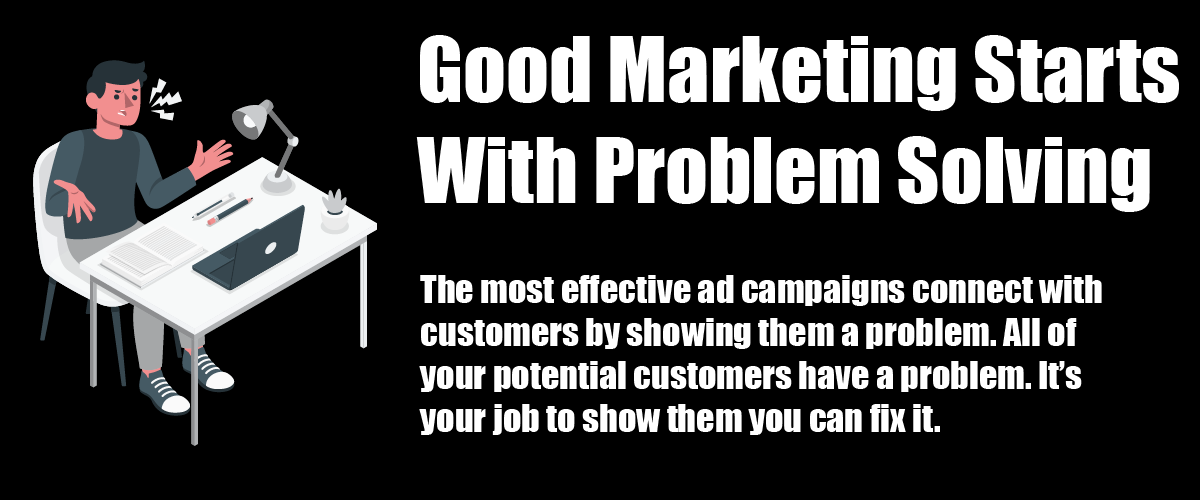
All of your potential customers have a problem. It’s your job to show them you can fix it. When you’re telling the story of your company, you need to include the problem. If you don’t showcase the problem, then consumers won’t have much incentive to connect with your ad.
For example, here is an example of an extremely boring and unsuccessful ad:
Kimball Roofing has been in the industry for over 50 years. We specialize in shingle and tile roofing and can guarantee your happiness for decades. Kimball Roofing is a certified Owens Corning contractor and has many colors and material options for you to choose from. When you choose Kimball Roofing, you can do so with confidence.
So, that was kind of boring right? In that fake ad, we didn’t connect with customers at all. We were just bragging about our own roofing company. We spent so much time patting ourselves on the back that we lost site of engaging with the customer.
3 Types of Problems
External Problem
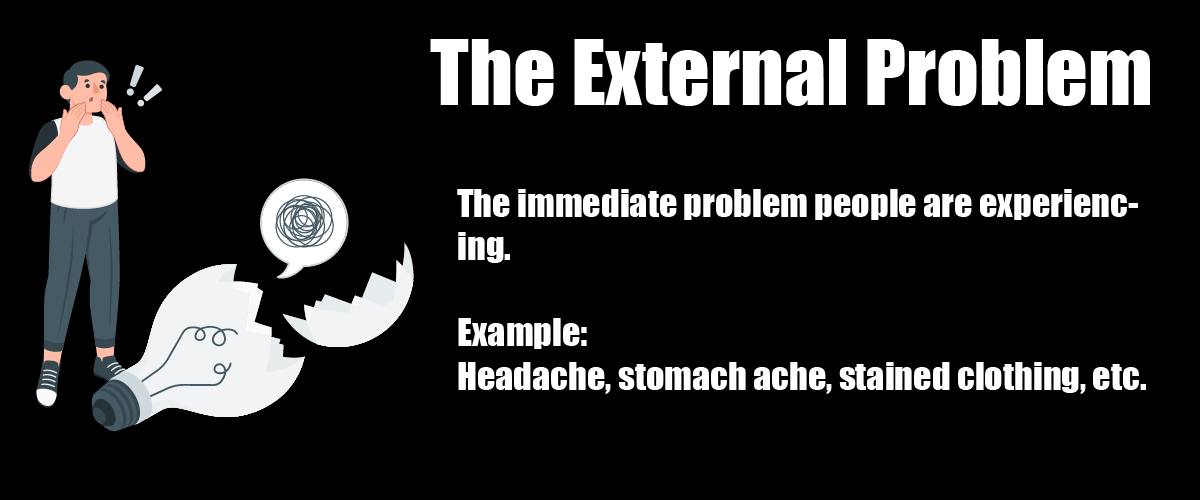
The external problem is simple. This problem is something the customers are currently experiencing or have experienced. This could be a stomach ache, headache, recent car accident, etc.
Here is a great example from a very popular brand:
Nausea, heartburn, indigestion, upset stomach, diarrhea…Yay! Pepto Bismol!
This type of ad gave an example of the exact problem people might be feeling, then told them what to do to solve the problem: buy Pepto Bismol!
Internal Problem
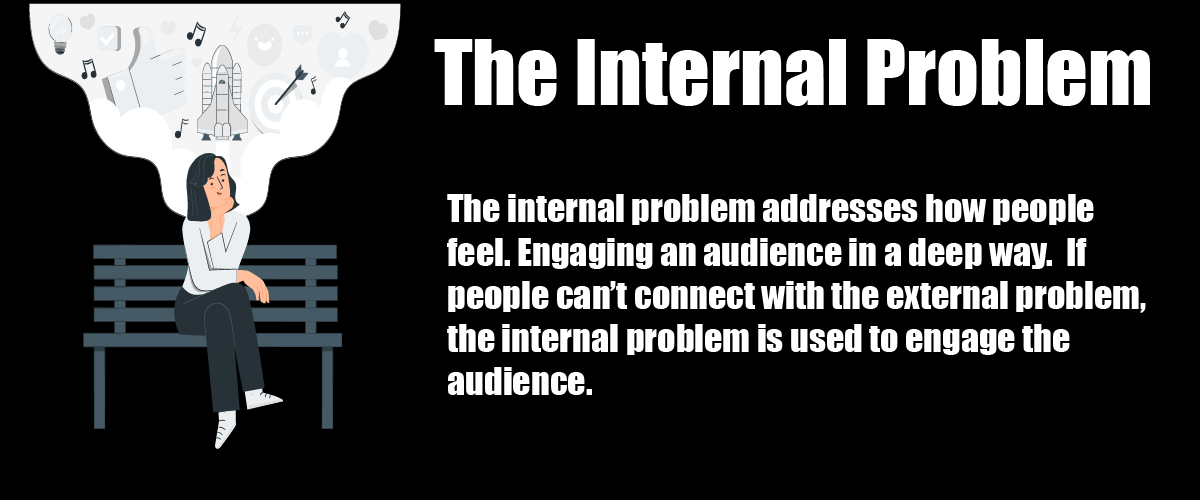
The internal problem addresses how people feel. Engaging an audience in a deep way. If people can’t connect with the external problem, the internal problem is used to engage the audience.
Let’s take Star Wars as an example:
Not many people have experienced overthrowing an oppressive galactic empire, that was run by your father (spoilers) and his weird evil sensei. Everyone would find that external problem difficult to relate to. So, screenwriters created internal problems that we can all relate to. Awkward family dynamics, the sense of good vs evil, friendships, etc.
The internal problem makes most external problems relatable. People go shopping for an External Problem, but make buying decisions for an Internal Problem.
Example: If the exterior paint on your house is chipping, and starting to look quite bad, there are a couple of things that might happen.
1) Your house looks bad. That’s the external problem.
2) You’re ashamed or embarrassed about the current color and look of your house. That’s the internal problem.
So, by hiring someone to paint your house, you solve your external and internal problems.
Philosophical Problem
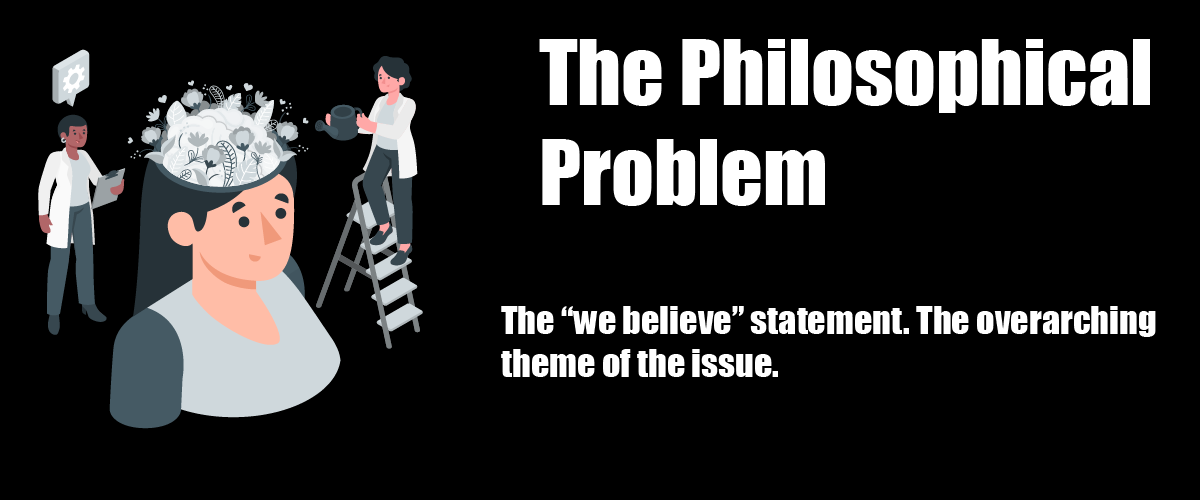
The philosophical problem is also called the “we believe” statement.
In movies and tv, there is always an overarching theme to the story. For example, literally, any Marvel movie you watch will have the same philosophical theme. Good vs Evil. The good guy will punch the crap out of the bad guy, and we’ll cheer for it every time. Sure, at surface level it’s about a purple alien that’s trying to kill 50% of all living things in the universe, but the philosophical problem is still Good vs Evil. So, we know there are
Example: If you’re a company that sells hurricane shutters and you say “you deserve to have peace of mind and feel protected in your own home.” That introduces a philosophical problem your product or service can solve.
Have you ever seen the show Silicon Valley?
(If you haven’t you should definitely watch it. It’s on HBO, and it’s so funny.)
Anyway, throughout this show, there are countless app developers looking to get funding and basically become the next Google, Uber, Twitter, or whatever. Their final sentence in their pitch EVERY time is “We want to make the world a better place.” Sure, their app might be a social media app for dogs, but they still want to “make the world a better place.” This is a satirical look at solving (or trying to solve) a philosophical problem.
Case Study
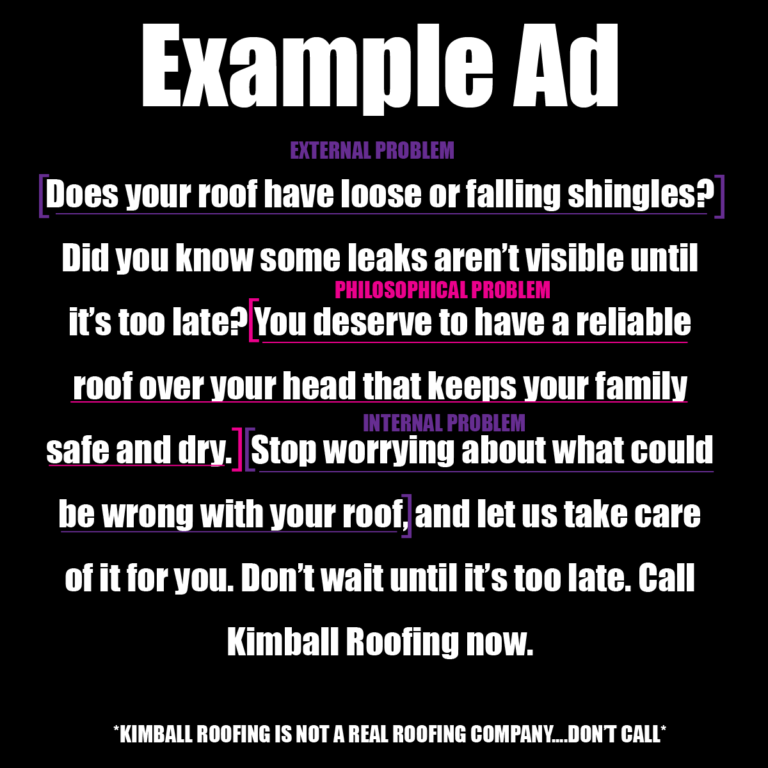
Good marketing targets the external, and internal problems of customers.
Customers don’t care about your brand. They care about their own problems. By touching on the external, internal, and philosophical problems, your marketing will prove to be much more effective.
Here’s a little case study to use as an example of the power of problem-based marketing. We worked with a roofing company previously. We won’t say their real name, but let’s call them Kimball Roofing. When we first started working with them, their main advertisements were along the lines of:
Kimball Roofing has been in the industry for over 50 years. We specialize in shingle and tile roofing and can guarantee your happiness for decades. Kimball Roofing is a certified Owens Corning contractor and has many options color and material options for you to choose from. When you choose Kimball Roofing, you can do so with confidence.
They were doing okay but had found that their growth had flattened quite a bit. So, we developed a new messaging strategy that addresses the three problems we just discussed.
We took their branding message from bragging about accolades to this:
Does your roof have loose or falling shingles? Did you know some leaks aren’t visible until it’s too late? You deserve to have a reliable roof over your head that keeps your family safe and dry. Stop worrying about what could be wrong with your roof, and let us take care of it for you. Don’t wait until it’s too late. Call Kimball Roofing now.
So, in that one message we addressed all three problems:
External – loose/falling shingles
Internal – Stop worrying about what could be wrong with your roof
Philosophical – You deserve a roof over your head that keeps your family safe
And we actually added a little extra spice to this as well:
Urgency – Did you know some leaks aren’t visible until it’s too late?
Urgency is a great tool to use to incline a customer to take action faster.
Every Business Deserves (and Needs) Good Marketing
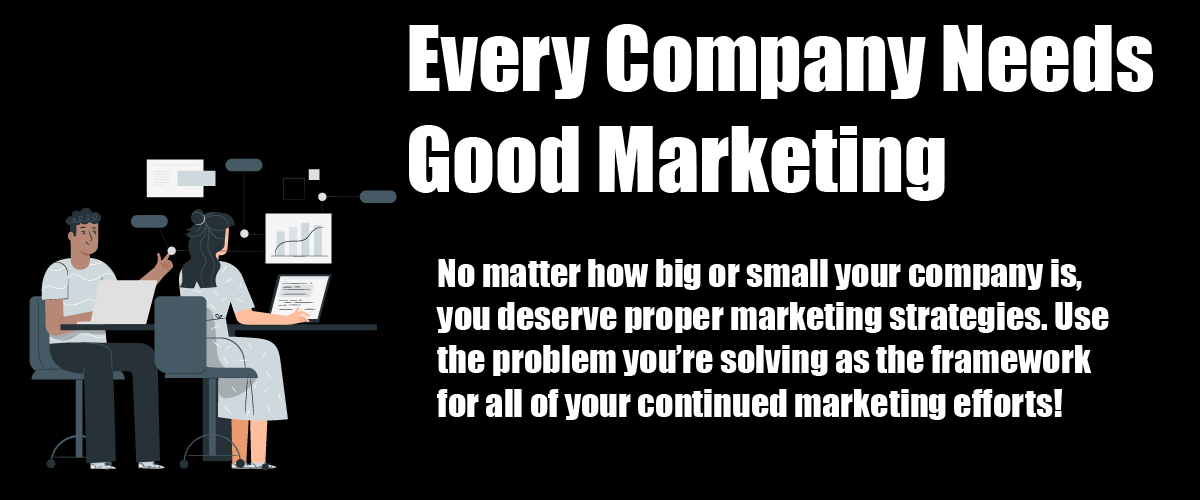
No matter if your business has 1 employee, or 1,000. Effective marketing is essential to continued success. The first step to effective marketing is finding the problem you are going to solve. Simply using this problem as the framework for all your marketing efforts will ensure your marketing is more effective and makes more money.
